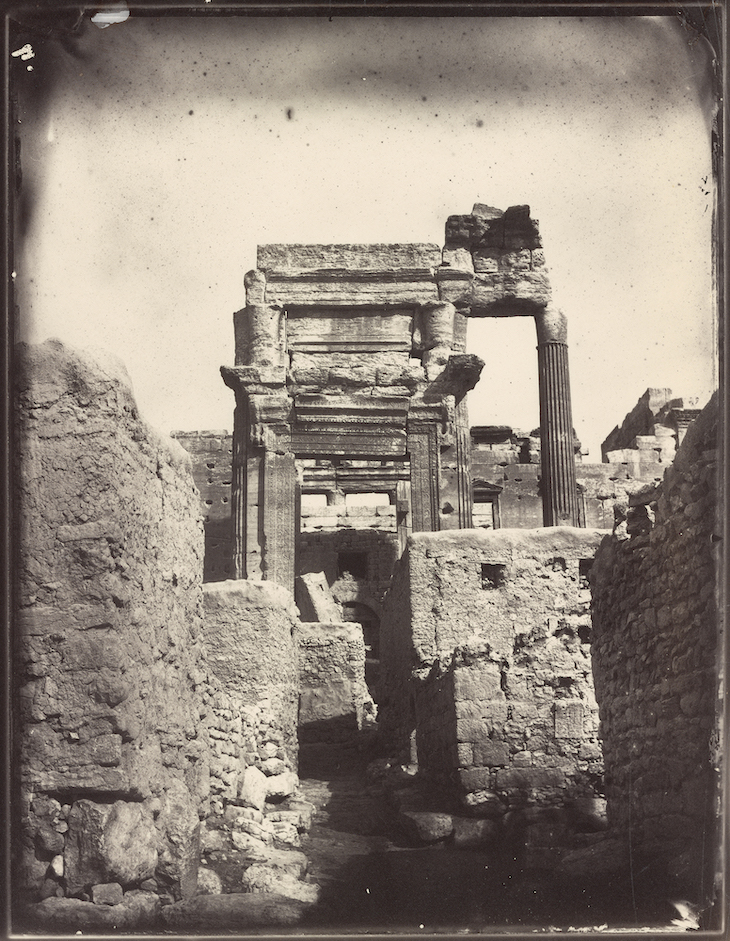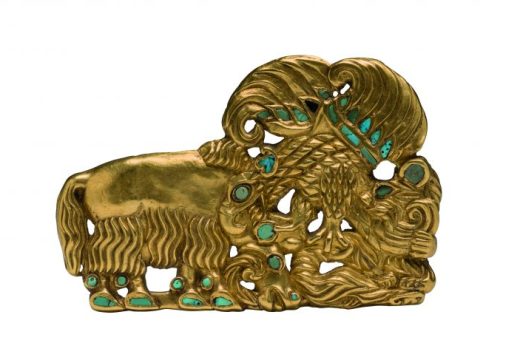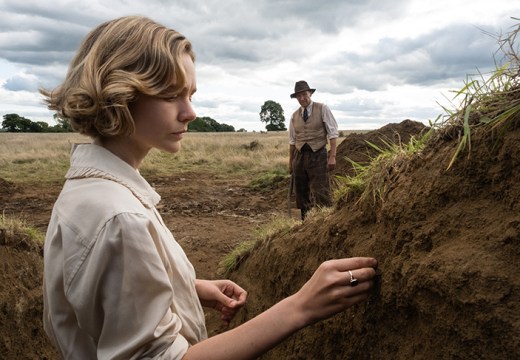While some museums are closed due to the Covid-19 pandemic, Apollo’s usual weekly pick of exhibitions will include shows at institutions that are currently open as well as digital projects providing virtual access to art and culture.
On the cusp of the empires of Rome and Parthia, the oasis city of Palmyra (in modern-day Syria) was a thriving metropolitan hub in the 2nd–3rd century AD. Its monumental ruins have captivated archaeologists since it was rediscovered in the late 17th century, and the destruction of many Palmyrene sites by ISIS in 2015 brought worldwide lament. ‘Return to Palmyra’, launched online by the Getty Research Institute on 3 February, makes available an array of resources about the ancient city, from the panoramic etchings made by French architect Louis-François Cassas in the late 18th century to archival and modern photographs of many sculptures and buildings. There is also an interview with Waleed Khaled al-As’ad, former director of antiquities and museums at Palmyra, whose father was killed by ISIS as he defended the ancient city. Look among the ruins on the Getty’s website.
Preview below | View Apollo’s Art Diary here

Funerary bust with inscription, ‘Maqî son of M’anî’ (c. 200–50), Palmyra. J. Paul Getty Museum, Los Angeles

Temple of Bel, cella entrance (c. 1799), Jean-Baptiste Réville and Pierre Gabriel Berthault after Louis-François Cassas. Getty Research Institute, Los Angeles

Temple of Bel, cella entrance (1864), Louis Vignes. Getty Research Institute, Los Angeles

Screenshot from the Getty’s ‘Return to Palmyra’ website
Unlimited access from just $16 every 3 months
Subscribe to get unlimited and exclusive access to the top art stories, interviews and exhibition reviews.














![Masterpiece [Re]discovery 2022. Photo: Ben Fisher Photography, courtesy of Masterpiece London](http://www.apollo-magazine.com/wp-content/uploads/2022/07/MPL2022_4263.jpg)
It’s time for the government of London to return to its rightful home